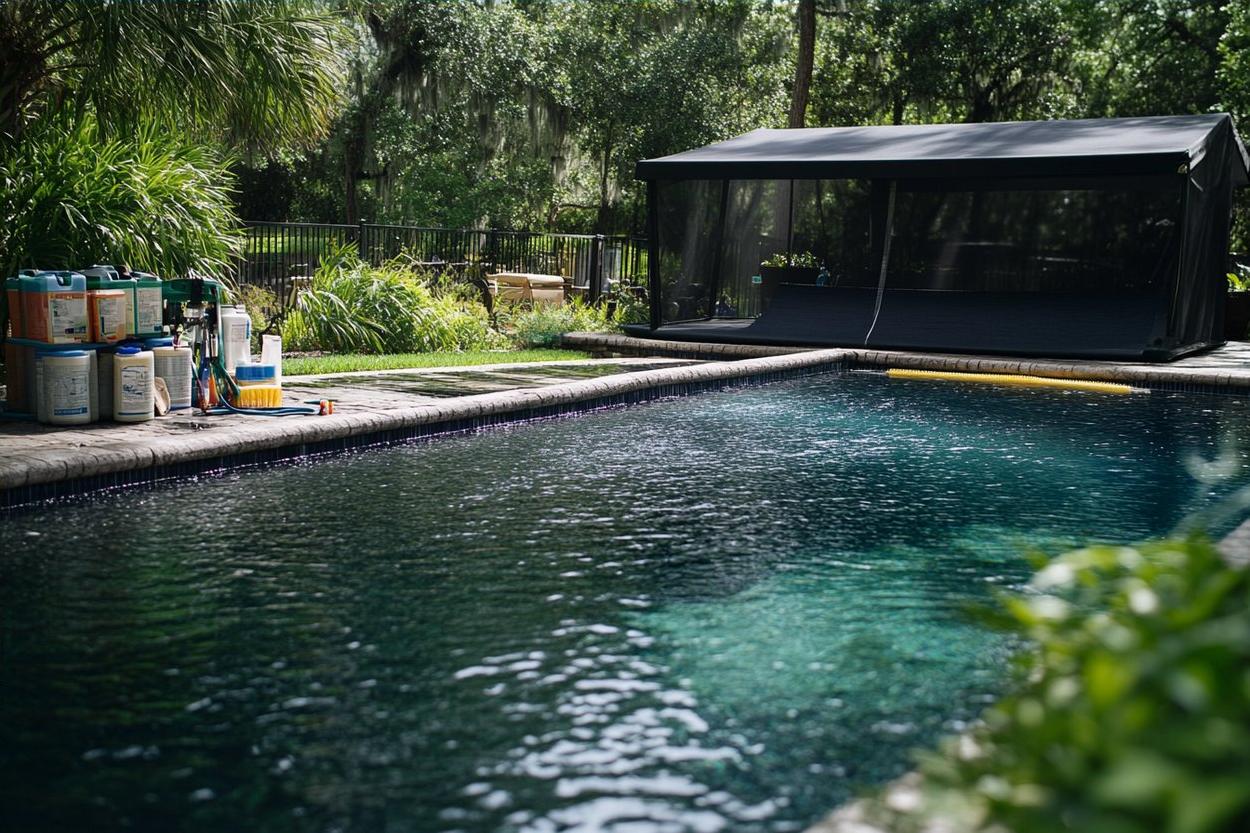Seasonal maintenance schedules for resilient yards
A resilient yard depends on regular seasonal maintenance that addresses soil, water, plant selection, and hardscape care. This article outlines practical schedules and tasks to keep landscapes healthy, conserve resources, and support biodiversity across the year.

A resilient yard starts with a simple, repeatable seasonal maintenance plan that balances softscaping and hardscaping needs while prioritizing soil health, water efficiency, and habitat for pollinators. Regular attention to irrigation, mulch, and composting reduces stress on perennials and natives, helps edibles thrive, and extends the life of patios and decking. This guide lays out quarter-by-quarter tasks and tips to keep outdoor spaces functional and sustainable through changing weather and growth cycles.
Planning landscaping and softscaping tasks
Spring and fall are prime times to evaluate planting beds, rotate or refresh softscaping, and map out where perennials and natives will perform best. Remove winter debris, prune damaged branches, and divide crowded perennials to encourage vigor. Group plants by water needs to simplify irrigation scheduling and to support pollinators with continuous bloom sequences. Consider adding compost to planting holes and top-dressing beds with mulch to moderate soil temperature and suppress weeds.
Managing hardscaping, patio, and decking upkeep
Inspect patios, walkways, and decking seasonally for settling, cracks, or loose boards. Clean surfaces in spring to remove winter salt and debris, and reseal or re-stain decking when recommended by the manufacturer to prolong lifespan. Check drainage around hardscaping to prevent pooling that can damage both stonework and nearby plantings. Small repairs done on a regular schedule reduce the need for major restoration later and keep outdoor living areas safe and functional.
Soil, mulch, compost, and irrigation routines
Healthy soil underpins resilient yards. Test soil pH and nutrients every few years and apply amendments based on results. Apply a 2–3 inch layer of mulch in spring and replenish as it breaks down; mulch conserves moisture and supports beneficial soil organisms. Schedule irrigation checks before peak water use seasons: test emitters, adjust timers for seasonal evapotranspiration, and retrofit with smart controllers if possible. Compost regularly to feed beds and potting mixes, improving soil structure and water retention.
Choosing perennials, natives, and supporting pollinators
Select regionally appropriate perennials and natives to reduce maintenance and bolster resilience. Native plants often need less irrigation once established and can provide critical resources for pollinators. Plant in clustered masses to create pollinator-friendly corridors and include a variety of bloom times. Monitor for invasive species, and use selective pruning to maintain plant health. Avoid sweeping away leaf litter entirely in fall—leaving some sheltered spots benefits overwintering insects.
Xeriscaping, vertical planting, and edibles care
In drier climates or water-restricted periods, xeriscaping principles—choosing drought-tolerant plants, mulching, and efficient irrigation—help maintain a productive yard. Vertical planting can expand usable space for edibles and create microclimates that reduce water needs. For vegetables and fruit, follow seasonal tasks: prepare soil and compost in early spring, mulch and manage irrigation in summer, then prune and protect perennials and vines in fall. Rotate crops in beds to reduce pest pressure and maintain soil fertility.
Lighting, sustainability, and long-term resilience
Seasonal checks of outdoor lighting improve safety and ambiance while helping conserve energy. Swap bulbs for efficient options and adjust fixture angles after landscaping changes. Adopt sustainable practices such as rainwater harvesting, permeable paving near patios, and integrated pest management to reduce chemical reliance. Over time, track plant performance and microclimate shifts to refine replacement choices and irrigation schedules so the landscape becomes more resilient with each season.
A seasonal maintenance schedule ties small, regular tasks into a cohesive rhythm that preserves both plant health and structural elements like patios and decking. By prioritizing soil improvement with compost and mulch, selecting appropriate perennials and natives, supporting pollinators, and optimizing irrigation and lighting, yards can remain productive and sustainable year after year. Periodic reviews of plantings, hardscapes, and water systems allow adjustments that reduce long-term maintenance needs and enhance ecological benefits.





